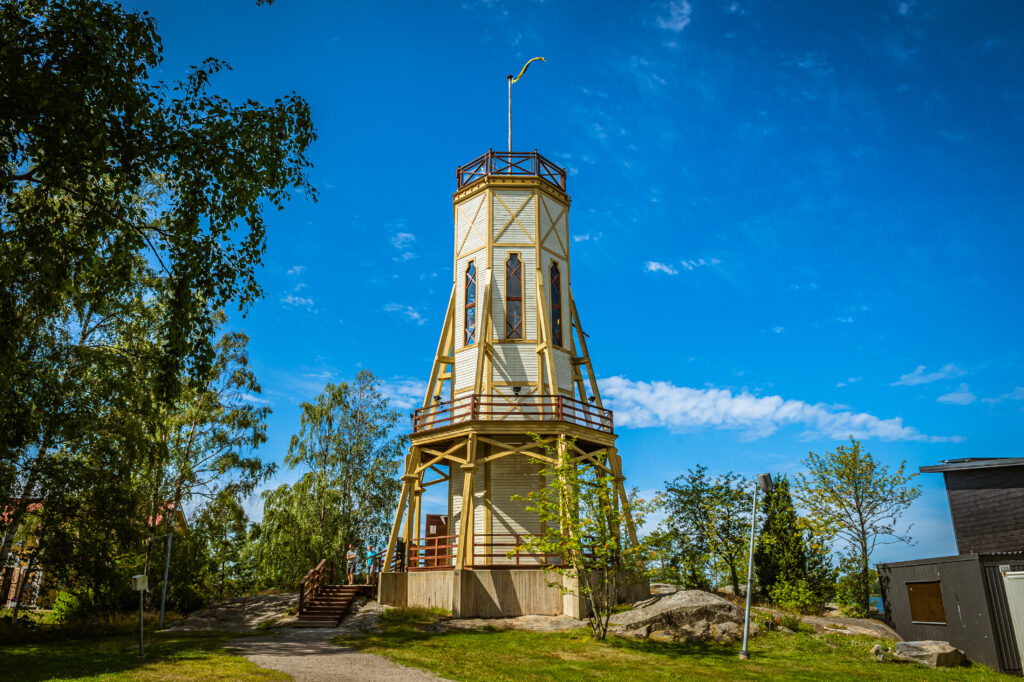Air Quality

Air Quality Monitoring
Rauma has two air quality monitoring stations. The downtown station measures the concentrations of breathable particles and nitrogen dioxide. The Sinisaari station measures odorous sulfur compounds and sulfur dioxide.
Air pollutants are harmful to humans, nature, and materials. There are naturally occurring impurities in the air. The problems arise from gas compounds and particles generated as a result of human activities.
The daily air quality information is presented using an air quality index. It allows the air quality at the monitoring stations to be summarized using a visual color scale and quality descriptors: good, satisfactory, moderate, poor, and very poor. The index is a comparative value calculated hourly for the monitoring stations, representing the current air quality in relation to the air quality guidelines and limits.
The air quality index calculation can take into account the concentrations of sulfur dioxide (SO2), nitrogen dioxide (NO2), breathable particles (PM10), fine particles (PM2.5), ozone (O3), carbon monoxide (CO), and odorous sulfur compounds (TRS). Since not all of these compounds are measured at every station, in practice, the index is calculated only for a subset of compounds. The indices from different stations are not entirely comparable. If a station measures only one or two compounds, no index is calculated.
Finnish Meteorologigal Institute presents the current air quality in Finland on its website: https://en.ilmatieteenlaitos.fi/air-quality.